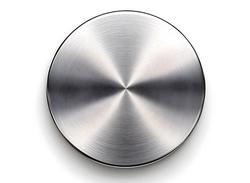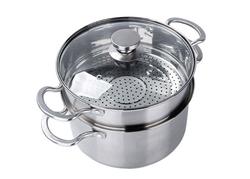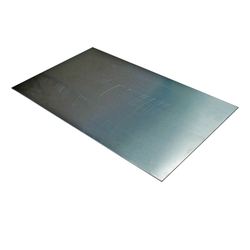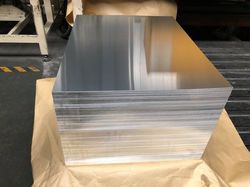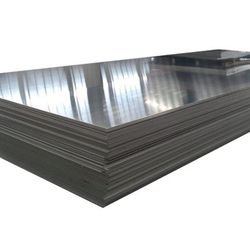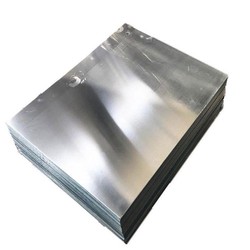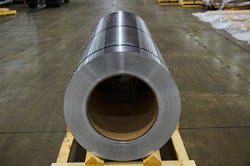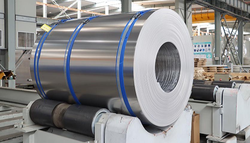Classification of aluminum alloys
- 135
Classification of aluminum alloys:
Series 1:
The 1000 series of aluminum alloys represent the 1050, 1060, and 1100 series. Among all these series, the 1000 series is the one with the highest aluminum content. The purity can reach over 99.00%. Since it does not contain other technical elements, the production process is relatively simple and the price is relatively cheaper. It is currently the most commonly used series in conventional industries.
At present, the majority of the aluminum products in circulation are of the 1050 and 1060 series. The 1000 series aluminum plates are classified according to the last two Arabic digits to determine the minimum aluminum content of this series. For example, in the 1050 series, the last two Arabic digits are 50. According to the international grade naming principle, the aluminum content must reach over 99.5% to be a qualified product. The aluminum alloy technical standard of China (GB/T3880-2006) also clearly stipulates that the aluminum content of the 1050 series should reach 99.5%. Similarly, the aluminum content of the 1060 series plates must reach over 99.6%.
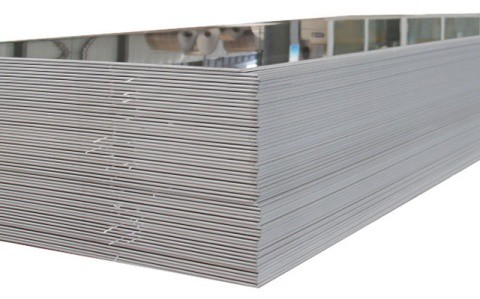
Series 2:
The 2000 series aluminum alloys represent 2024, 2A16 (LY16), and 2A02 (LY6). The characteristics of the 2000 series aluminum plates are high hardness, among which the copper content is the highest, approximately ranging from 3% to 5%. The 2000 series aluminum rods belong to aerospace aluminum materials and are currently not commonly used in conventional industries.
3 Series:
The 3000 series aluminum represents 3003 and 3A21. The production process of 3000 series aluminum plates in China is quite excellent. The 3000 series aluminum rods are mainly composed of manganese, with the content ranging from 1.0 to 1.5. It is a series with good rust prevention function.
4 Series:
The 4000 series aluminum rods represent 4A01. The 4000 series aluminum plates belong to the series with a higher silicon content. The silicon content is usually between 4.5 and 6.0%. It is a building material, mechanical part, forging material, and welding material; it has low melting point, good corrosion resistance, and product description: It has the characteristics of heat resistance and wear resistance.
5 Series:
The 5000 series aluminum represents 5052, 5005, 5083, and 5A05 series. The 5000 series aluminum rods belong to the commonly used alloy aluminum plate series, with magnesium as the main element, and the magnesium content is between 3 and 5%. It can also be called aluminum-magnesium alloy. Its main features are low density, high tensile strength, high elongation, good fatigue strength, but it cannot be strengthened by heat treatment. In the same area, the weight of aluminum-magnesium alloy is lower than other series. It is also widely used in conventional industries. In China, the 5000 series aluminum plates belong to one of the more mature aluminum plate series.
6 series:
The 6000 series aluminum alloy represents 6061, which mainly contains magnesium and silicon elements. Therefore, it combines the advantages of the 4000 series and the 5000 series. 6061 is a cold-treated aluminum forging product and is suitable for applications with high requirements for corrosion resistance and oxidation resistance. It has good usability, is easy to coat, and has good processing properties.
7 series:
The 7000 series aluminum alloy represents 7075, which mainly contains zinc. It also belongs to the aviation series and is an aluminum-magnesium-zinc-copper alloy. It is a heat-treatable alloy and belongs to super-hard aluminum alloys. It has good wear resistance and also good weldability, but has poor corrosion resistance. Currently, it is mainly imported, and China's production technology still needs to be improved.
8 series:
The 8000 series aluminum alloy is commonly used 8011, which belongs to other series. Most of its applications are aluminum foils, and it is not commonly used in the production of aluminum rods.
9 series:
The 9000 series aluminum alloy is a backup alloy.

